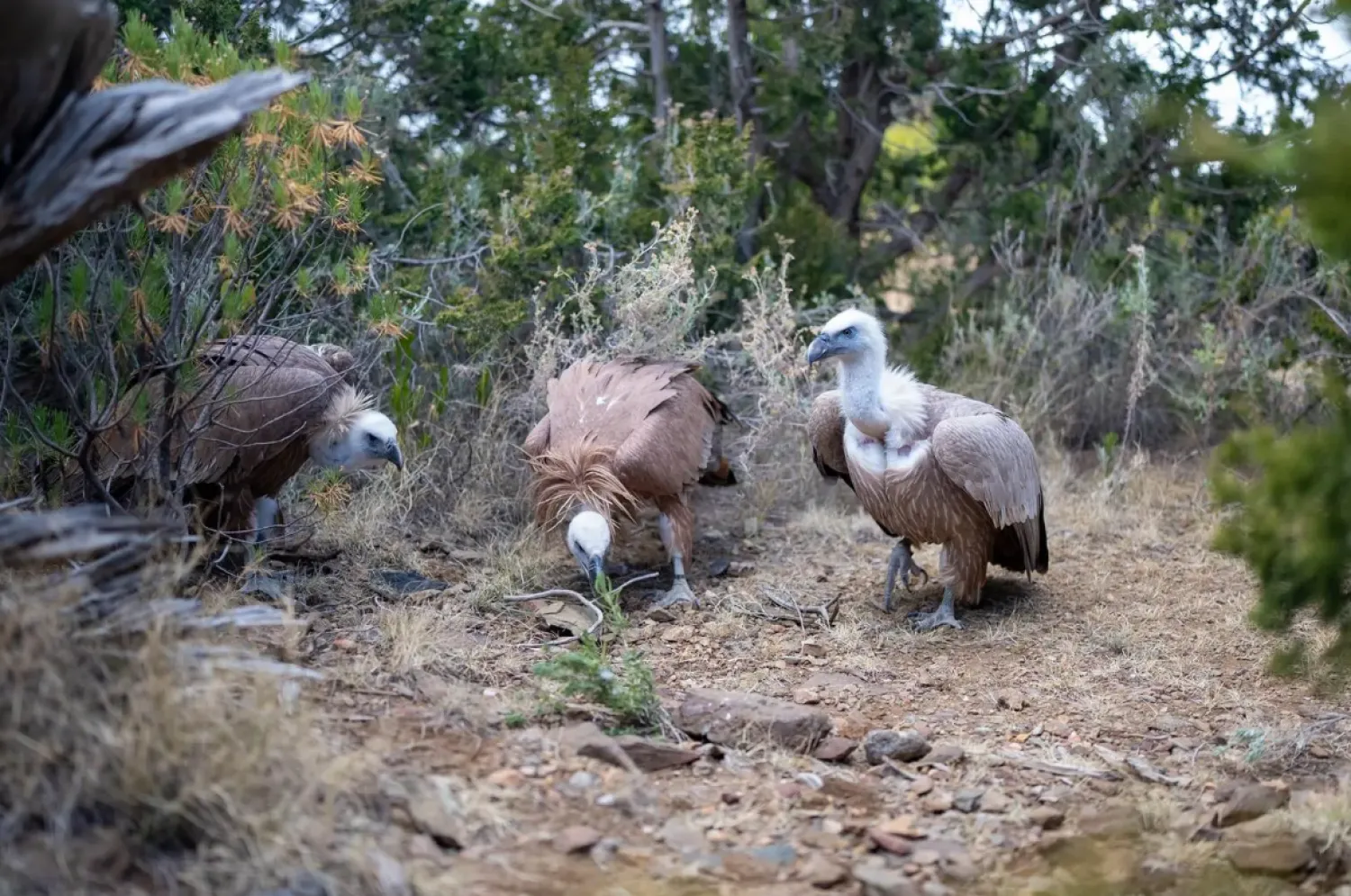The only surviving member of the mountaineering expedition that first conquered Mount Everest said Saturday that the world's highest peak is too crowded and dirty, and the mountain is a god that needs to be respected.
Kanchha Sherpa, 91, was among the 35 members in the team that put New Zealander Edmund Hillary and his Sherpa guide Tenzing Norgay atop the 8,849-meter (29,032-foot) peak on May 29, 1953.
“It would be better for the mountain to reduce the number of climbers,” Kanchha said in an interview in Kathmandu on Saturday, “Right now there is always a big crowd of people at the summit.”
Since the first conquest, the peak has been climbed thousands of times, and it gets more crowded every year. During the spring climbing season in 2023, 667 climbers scaled the peak, but that brought in thousands of support staff to the base camp between the months of March and May.
There have been concerns about the number of people living on the mountain for months on end, generating trash and waste, but authorities have no plans to cut down on the number of permits they issue to climbers.
There are rules that require climbers to bring down their own trash, equipment and everything they carry to the mountain or risk losing their deposit, but monitoring has not been very effective, The Associated Press reported.
“It is very dirty now. People throw tins and wrappings after eating food. Who is going to pick them up now?” Kanchha said. “Some climbers just dump their trash in the crevasse, which would be hidden at that time but eventually it will flow down to base camp as the snow melts and carries them downward.”
For the Sherpas, Everest is Qomolangma or goddess mother of the world, and is revered by their community. They generally perform religious rituals before climbing the peak.
“They should not be dirtying the mountain. It is our biggest god and they should not be dirtying the gods,” he said “Qomolangma is the biggest god for the Sherpas but people smoke and eat meat and throw them on the mountain.”
Kanchha was just a young man when he joined the Hillary-Tenzing expedition. He was among the three Sherpas to go the last camp on Everest along with Hillary and Tenzing. They could not go any further because they did not have a permit.
They first heard of the successful ascent on the radio, and then were reunited with the summit duo at Camp 2.
“We all gathered at Camp 2 but there was no alcohol so we celebrated with tea and snacks,” he said. “We then collected whatever we could and carried it to base camp.”
The route they opened up from the base camp to the summit is still used by climbers. Only the section from the base camp to Camp 1 over the unstable Khumbu Icefall changes every year.
Kanchha has four children, eight grandchildren and a 20-month-old great-granddaughter.
Last Surviving Member of 1st Team to Conquer Mount Everest Says it is Crowded, Dirty Now

Kanchha Sherpa sits on a chair during an interview with The Associated Press at his residence in Kathmandu, Nepal, Saturday, March 2, 2024. (AP Photo/Niranjan Shrestha)

Last Surviving Member of 1st Team to Conquer Mount Everest Says it is Crowded, Dirty Now

Kanchha Sherpa sits on a chair during an interview with The Associated Press at his residence in Kathmandu, Nepal, Saturday, March 2, 2024. (AP Photo/Niranjan Shrestha)
لم تشترك بعد
انشئ حساباً خاصاً بك لتحصل على أخبار مخصصة لك ولتتمتع بخاصية حفظ المقالات وتتلقى نشراتنا البريدية المتنوعة







